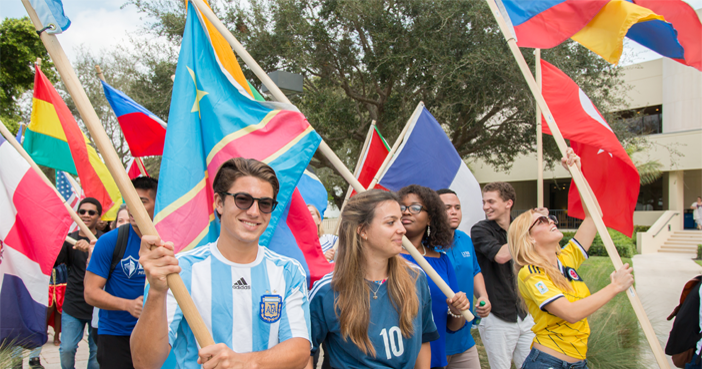
Where Culture is a Window into Languages
Inside a classroom at Lynn University in the southeast Florida city of Boca Raton, a lively discussion about world religions is under way. The conversation among the students and their teacher is framed around what the university calls Dialogues. The core curriculum of this small liberal-arts university, Dialogues are the signature learning method for classes at Lynn.
The focus is on seminar-style courses where both students and professors participate in the learning process. And they engage in cross-disciplinary conversations that take students beyond the borders of the US and into the global community.
The structure of Dialogues is one reason why the conversation in this world religions class is so animated. But there’s something else going on here as well.
“In our Dialogues on World Religions, there’s a good chance that most of the world’s religions will be represented by the students,” says Erin Garcia, Lynn’s Director of International Programs & Services.
No. 1 in international student bodies
That’s hardly a coincidence.
Almost one-fifth (17 percent) of Lynn’s 3,300 students are from countries other than the US. And of the 237 countries in the world, more than 40 percent of them are currently represented at Lynn—an impressive 100 nations. The students hail from every region of every continent, Antarctica being the only exception. In the U.S. News & World Report’s rankings for colleges and universities in 2022, Lynn placed number one in terms of most international students.
“From the school’s founding, there’s been a commitment to bringing in international students,” Erin says. “They add a special energy to the campus.”
While Lynn’s international students arrive fairly fluent in English, they are still bringing their home language and culture with them. For their American classmates, it means “a first point of connection with another culture,” says Erin. Where culture goes, language comes too, and all Lynn students get a taste of bilingualism with an aspect of the Dialogues curriculum. Called the Citizenship Project, the three-year course engages students in citizenship and community service, career preparation, and learning other cultures and languages.
Students first learn about Lynn’s extensive study abroad opportunities, which span 50 programs in 20 countries. Then, in Year 2, studying another culture and language—German, Spanish, Chinese and Japanese are among them—kicks in. The year consists of more than just classroom learning of the language, although that is a component of it, as are electronic language learning tools. Gaining an in-depth understanding of the culture behind that language plays a major role, thanks in large part to the makeup of the Lynn faculty.
Faculty members are either native speakers from the countries they’re teaching about or they have, as Erin calls it, “a unique and direct relationship with the language and its culture.” An American professor of Japanese is illustrative of the latter. As the young son of missionaries stationed in Japan, his immersion into the culture has had a lasting impact, and his students are its beneficiaries.
While the students who are native-English speakers obviously do not emerge from Year 2 of the Citizenship Project as bilinguals, Erin says “they all come out of it with respect for learning a language and about a different culture.”
Parade of nations, Lynn-style
The entrance to Lynn University, set among the ubiquitous palms of South Florida, provides a colorful cue to Lynn’s global outlook: the flags of the countries represented in the student body fly continuously. “We change them out whenever we need to, so that every international student will see their flag,” Erin says.
Every (non-pandemic) year, Lynn’s International Programs and Services Office hosts a week-long Celebration of Nations to showcase the diversity of the student body, both the students from other countries and the American students with their rich ethnic heritages. The international students take part in a Parade of Flags, one student carrying the flag of each country currently represented at Lynn. Several of them wear their native dress.
The week underscores how Lynn makes the concept of a global community a flesh-and-blood reality. Students spend their entire college career immersed in the day-to-day presence of different cultures and languages among their classmates.
“In the interstices of language lie powerful secrets of the culture,” wrote the poet Adrienne Rich. It is a maxim of bilingual education that when you teach the language, the culture follows. Lynn’s curriculum suggests that the inverse can also offer an avenue to embracing bilingualism: engage the culture as a way to deeply appreciate its language.
— Mim Harrison

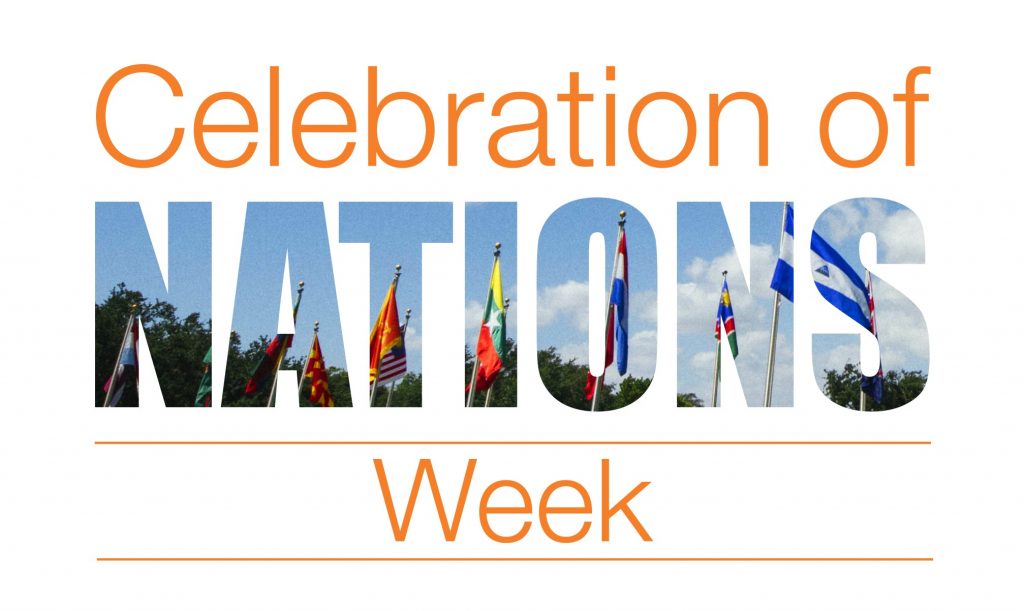
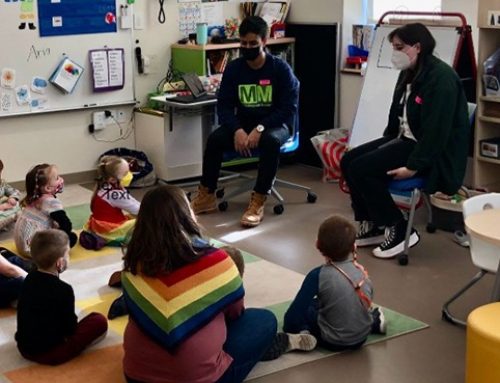
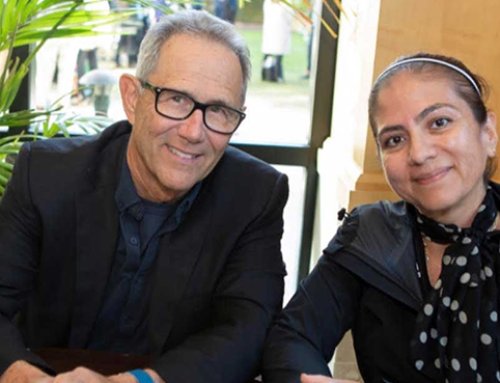
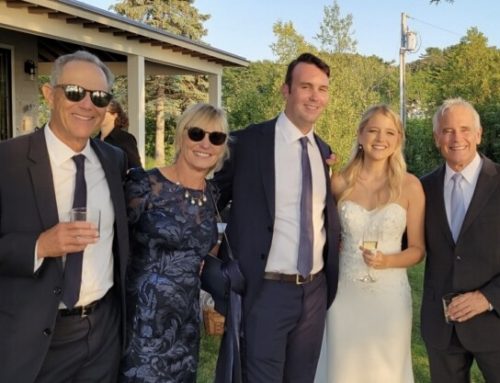
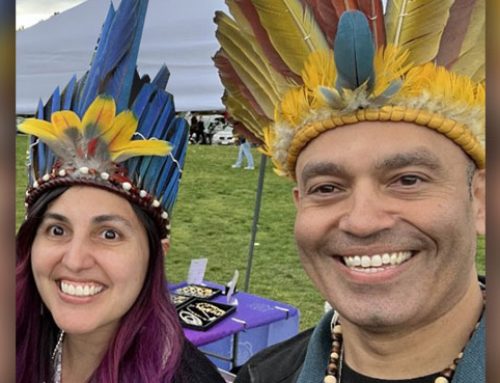
Leave A Comment